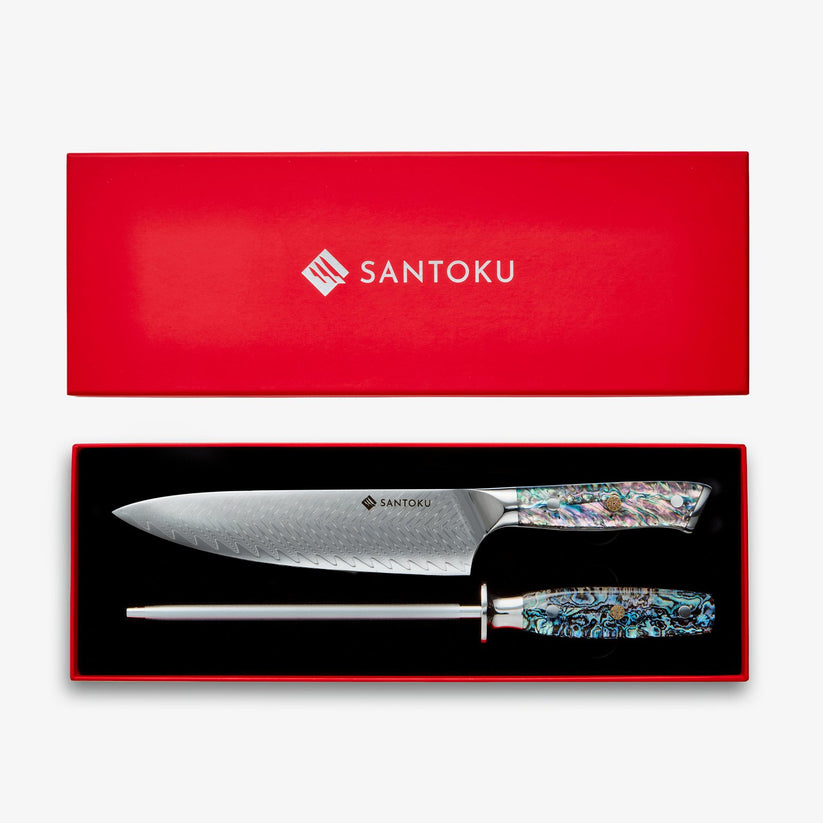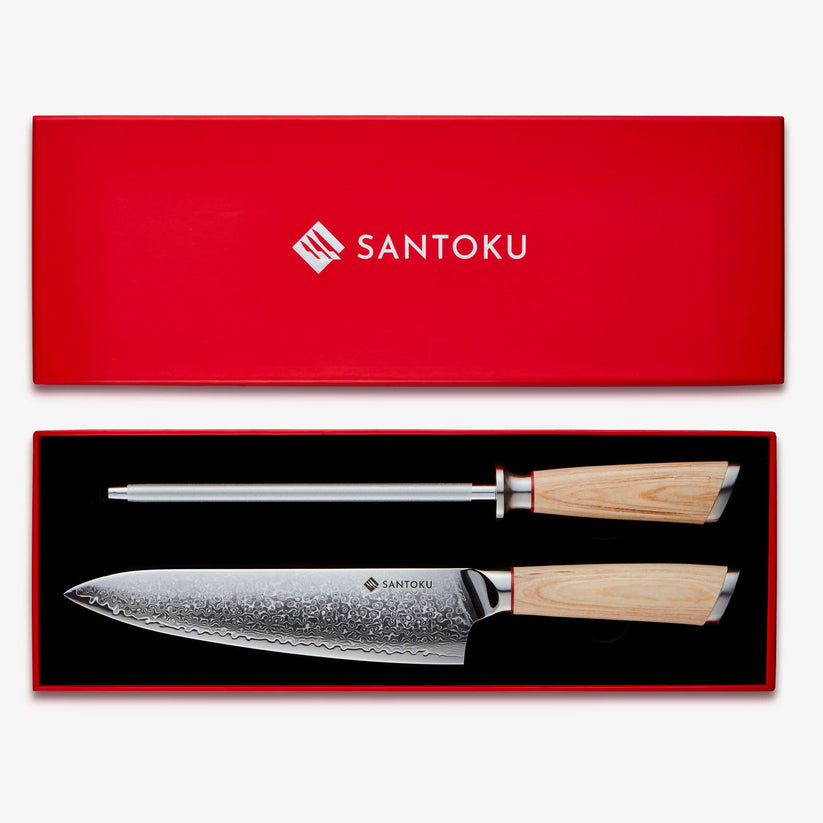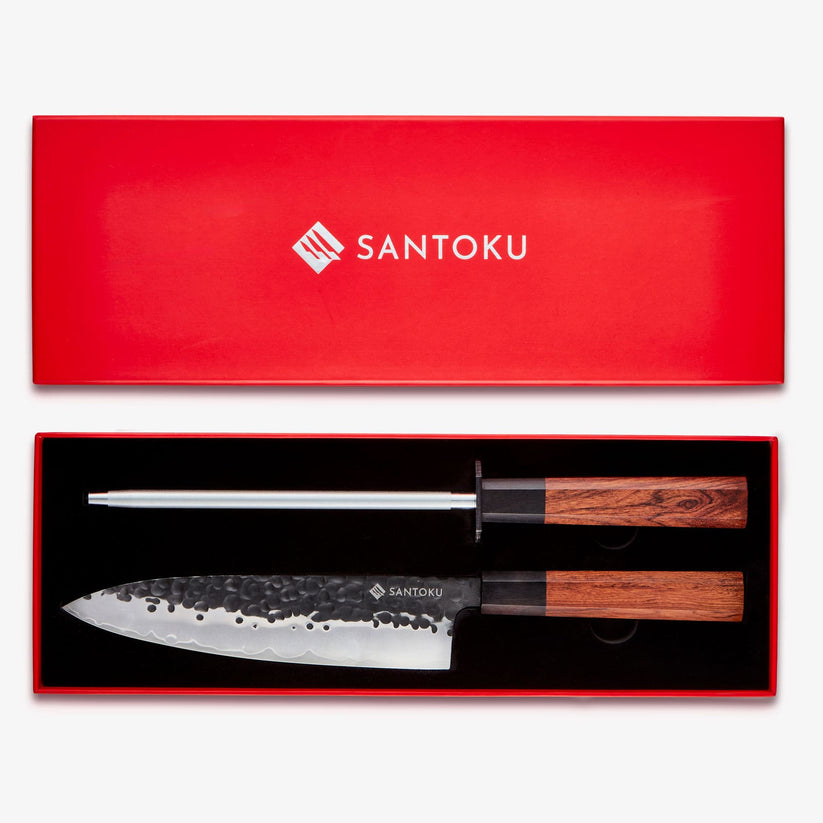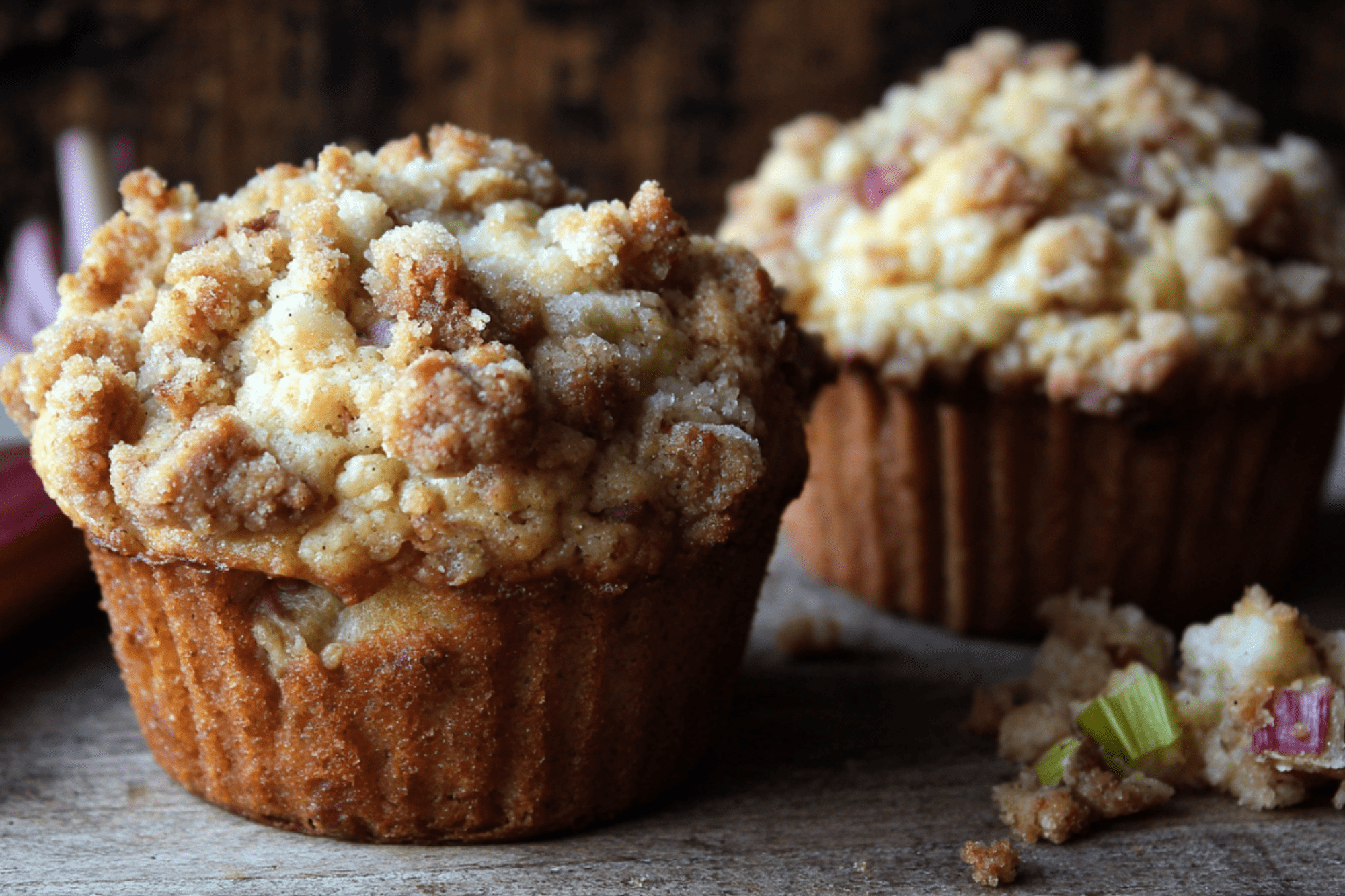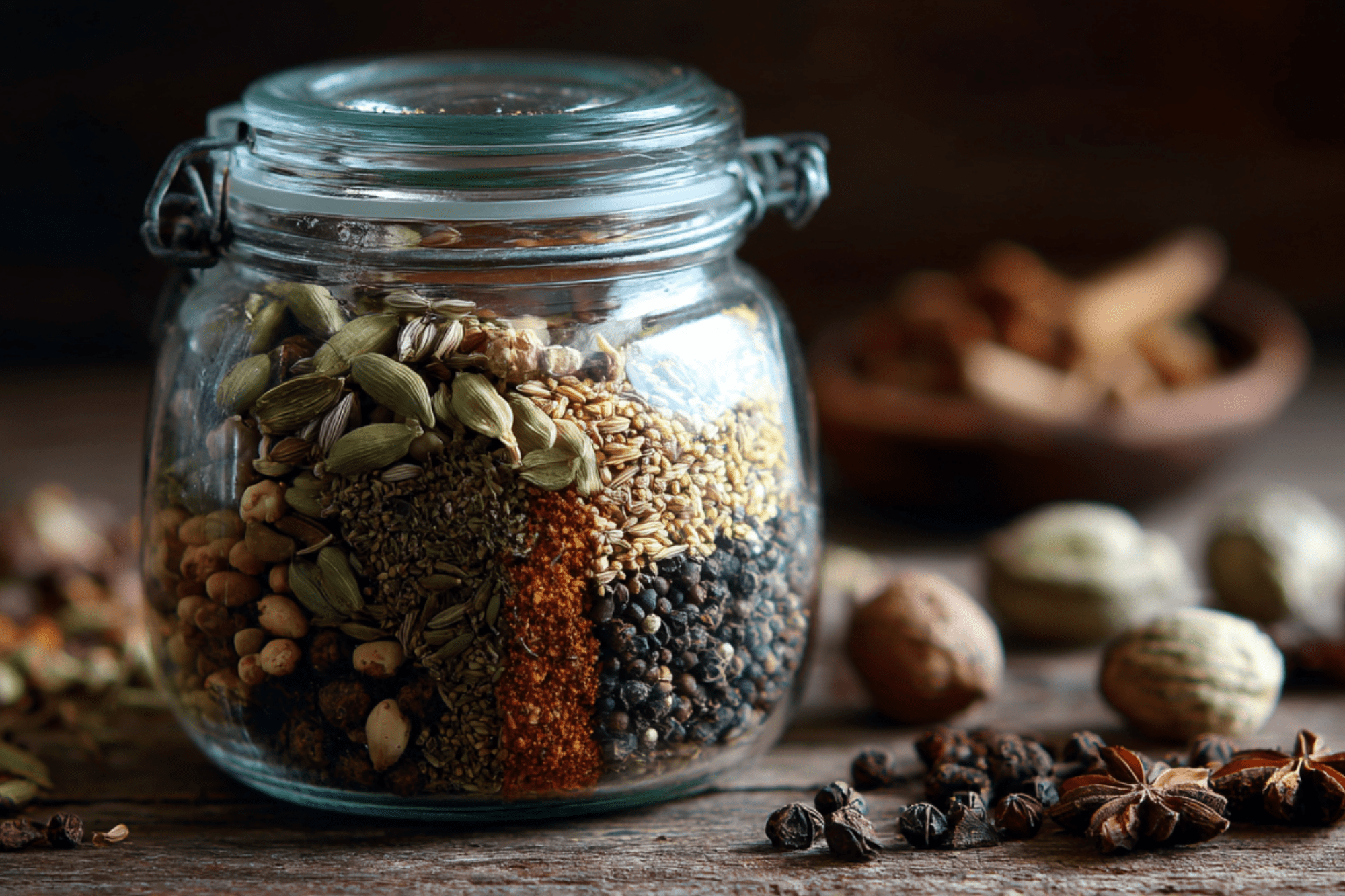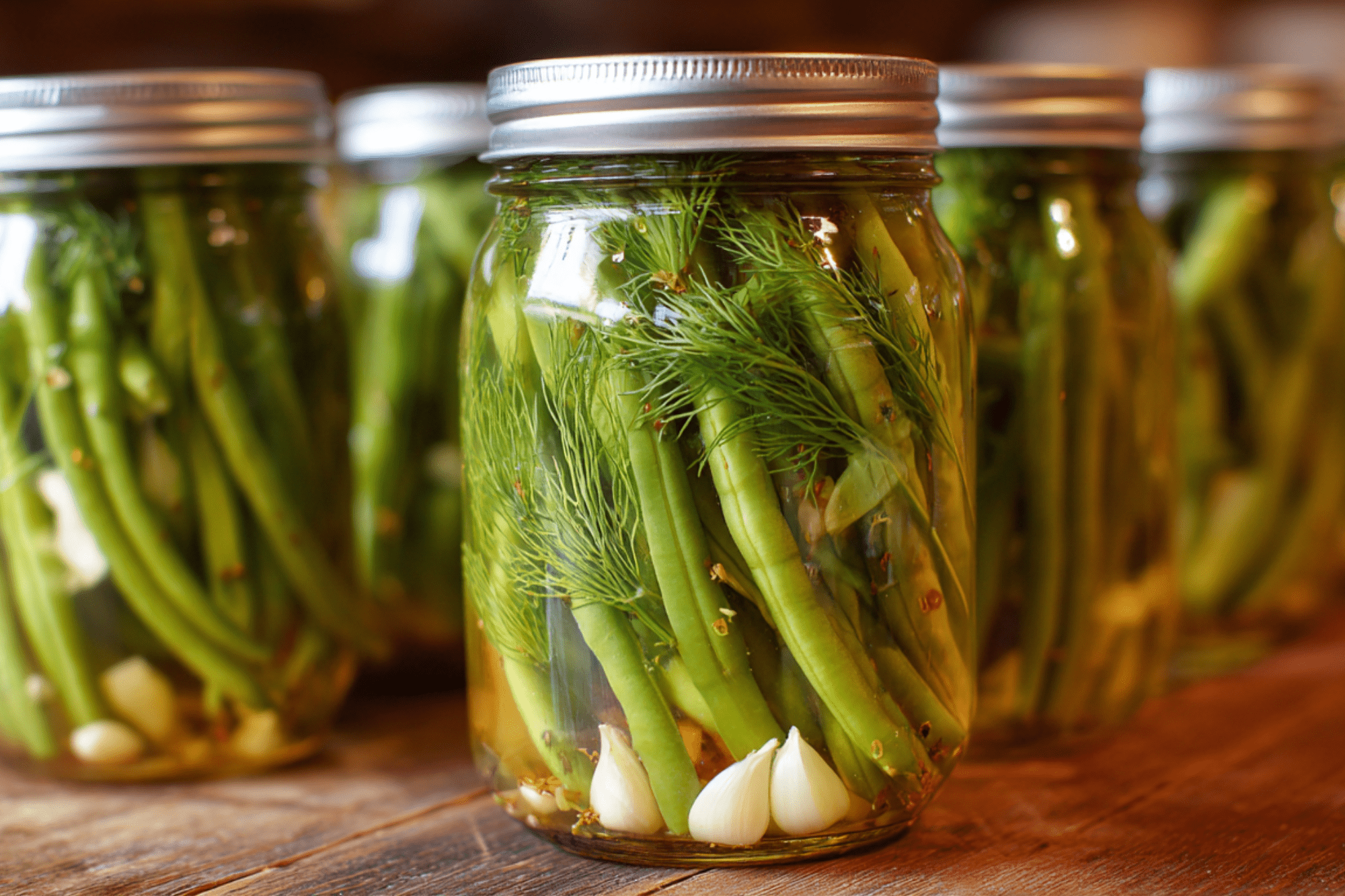
10 Tips to keep in mind when cooking Philadelphia Cheesecake
- Use room temperature ingredients: Ensure cream cheese, eggs, and sour cream are at room temperature to achieve a smooth, creamy texture.
- Beat cream cheese thoroughly: Beat the cream cheese until completely smooth before adding other ingredients to avoid lumps.
- Avoid over-mixing: Over-mixing can incorporate too much air, leading to cracks in the cheesecake.
- Use a water bath: Place the springform pan in a larger baking dish filled with hot water to prevent the cheesecake from cracking and ensure even baking.
- Don’t open the oven door: Avoid opening the oven door during baking to maintain a consistent temperature.
- Let it cool gradually: Allow the cheesecake to cool slowly in the oven with the door slightly open to prevent sudden temperature changes that can cause cracks.
- Use a knife to loosen edges: Run a knife around the edge of the cheesecake before it cools completely to prevent cracks.
- Chill thoroughly: Refrigerate the cheesecake for at least 4 hours or overnight for the best texture and flavor.
- Cut with a hot knife: Dip a knife in hot water and wipe it dry before slicing for clean cuts.
- Add toppings just before serving: Add any fruit, chocolate, or other toppings right before serving to keep them fresh and vibrant.
Serving suggestions
Philadelphia Cheesecake is a versatile dessert that can be enjoyed in various ways. Here are some serving suggestions to enhance your cheesecake experience:
- Fresh Fruit: Top with fresh berries such as strawberries, blueberries, or raspberries for a burst of color and natural sweetness.
- Fruit Compote: Serve with a warm fruit compote made from your favorite berries or stone fruits for a delightful contrast.
- Chocolate Ganache: Drizzle with a rich chocolate ganache or add a sprinkle of chocolate shavings for a decadent touch.
- Whipped Cream: Add a dollop of freshly whipped cream for extra creaminess.
- Caramel Sauce: Drizzle with homemade or store-bought caramel sauce for a sweet, buttery flavor.
- Nut Topping: Sprinkle with chopped nuts such as pecans, almonds, or walnuts for added crunch and flavor.
- Citrus Zest: Add a sprinkle of lemon or orange zest to brighten up the flavors.
- Coffee: Pair with a cup of freshly brewed coffee or espresso to balance the sweetness.
- Ice Cream: Serve a slice of cheesecake with a scoop of vanilla or caramel ice cream for a delightful combination.
- Mint Leaves: Garnish with fresh mint leaves for a pop of color and a hint of freshness.
FAQ'S
Q: Can I make Philadelphia Cheesecake ahead of time?
A: Yes, you can prepare the cheesecake in advance and store it in the refrigerator for up to 2 days before serving.
Q: Can I freeze Philadelphia Cheesecake?
A: Yes, you can freeze the cheesecake. Wrap it tightly in plastic wrap and aluminum foil, then freeze for up to 2 months. Thaw in the refrigerator overnight before serving.
Q: Can I use a different type of crust?
A: Absolutely! While graham cracker crust is traditional, you can use a cookie crust made from crushed Oreos, digestive biscuits, or even a nut crust.
Q: How do I prevent cracks in my cheesecake?
A: To prevent cracks, use a water bath during baking, avoid over-mixing the batter, and allow the cheesecake to cool gradually in the oven with the door slightly open.
Q: Can I add flavors to the cheesecake batter?
A: Yes, you can add various flavors like lemon zest, chocolate, or even pumpkin puree to the batter to customize your cheesecake.
Q: How do I know when my cheesecake is done baking?
A: The cheesecake is done when the center is set with a slight jiggle and the edges are slightly puffed and golden brown. It's important not to overbake, as this can result in a dry and dense texture.
Q: Can I use low-fat cream cheese for this recipe?
A: While you can use low-fat cream cheese, keep in mind that it may affect the texture and richness of the cheesecake. Full-fat cream cheese typically yields the best results for a creamy and indulgent dessert.
Q: How can I make a gluten-free version of Philadelphia Cheesecake?
A: To make a gluten-free cheesecake, simply use gluten-free graham crackers or your favorite gluten-free cookie crumbs for the crust. Ensure all other ingredients are gluten-free as well.
Q: Can I add a fruit swirl to the cheesecake?
A: Absolutely! You can create a fruit swirl by swirling in fruit puree or jam into the cheesecake batter before baking. Use a toothpick or knife to create a marbled effect.
Q: How do I store leftover Philadelphia Cheesecake?
A: Store leftover cheesecake covered in the refrigerator for up to 5 days. It's best to keep it in an airtight container to prevent it from absorbing any odors from the fridge.
Q: Can I use a different type of pan if I don't have a springform pan?
A: While a springform pan is ideal for easy removal, you can use a regular cake pan lined with parchment paper for easy removal. Just be sure to grease the sides well to prevent sticking.
Q: Can I make mini cheesecakes with this recipe?
A: Yes, you can make mini cheesecakes by using a muffin tin lined with cupcake liners. Adjust the baking time accordingly, as mini cheesecakes will bake faster than a whole cheesecake.
Q: Can I substitute Greek yogurt for sour cream?
A: Yes, you can substitute Greek yogurt for sour cream in equal amounts for a slightly tangier flavor. The texture may be slightly different, but it will still yield delicious results.
Q: How can I prevent my cheesecake from cracking?
A: To prevent cracks, avoid over-mixing the batter, use room temperature ingredients, and bake the cheesecake in a water bath. Additionally, allow the cheesecake to cool gradually to room temperature before refrigerating.
Q: Can I make a chocolate version of Philadelphia Cheesecake?
A: Yes, you can make a chocolate cheesecake by adding melted chocolate to the batter or swirling in chocolate ganache. You can also use chocolate cookie crumbs for the crust for a double chocolate delight.

